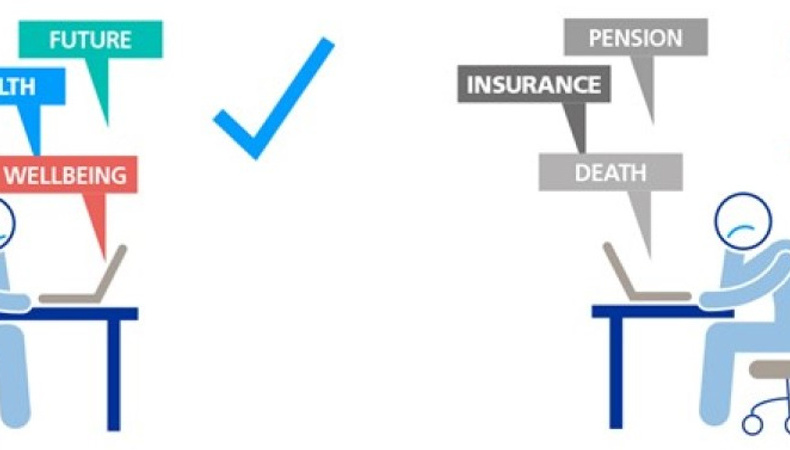Pension communications and the mobile workforce

If you employ people in multiple locations, there are many consultants who specialise in international communication programmes. In addition, product providers may offer a communications support programme, so always ask for details during the tender process.
Choose your media
There are many different ways to communicate and you will need to use most, or possibly even all of these forms of communication to get your message across:
- face-to-face
- websites
- apps
- emails
- webinars
- SMS
- intranet
- videos.
It’s difficult to over-communicate, so it’s worth repeating the message across different media as long as it’s consistent and clear that any responses are only needed once. You may also decide to target some sections of your workforce differently – for example, your access to field-based employees may be restricted and your communications heavily dependent on the internet.
Product providers are increasingly recognising the need to support employers through different forms of media. Webinars on how to access and navigate member websites, online portfolio planning and benefit forecasting tools, educational videos, face-to-face presentations and apps may all be available at no extra cost.
Make it interesting and relevant

Employee benefits are largely about helping people to plan for their future and protect themselves and their families should something go wrong. To engage people effectively it’s important to use the right words: ‘future’, ‘wealth’ and ‘wellbeing’ are clearly better than ‘pension’, ‘insurance’ and ‘death’.
Most product providers will be happy to reduce the amount of ‘industry speak’ in member-facing materials as long as their regulatory obligations are covered.
Keep it simple and make it easy
If you need your people to make decisions or take some form of action, make the process as simple and clear as possible. If the instructions are too long then your employees are likely to skim read the information, leading to mistakes that will need to be put right later.
If there are deadlines to stick to, then make these as bold as is sensible, repeat them several times and include them clearly in all the media you use. A “What do I need to do next?” section is also important, containing two or three bullet points of the next steps, with any web links included in the text.
Check and refine
It’s essential to assess whether your communications have been successful. Follow up quickly, check on take-up and website hits, and request feedback through short, online questionnaires.
If take-up is poor then take corrective action through reminder emails, seminars, webinars, drop-in sessions, etc. Product providers can often assist here.
Finally, providers appreciate that the communication programme is a long-term process, not a one-off when a plan is first launched. Many will appoint a relationship manager and/or a dedicated communication specialist to support your programme, perhaps through regular newsletters, educational materials and site visits.
This article is provided by Zurich.
Supplied by REBA Associate Member, Zurich
At Zurich, we’re proud to have been providing UK insurance for over 100 years. Whatever you’re looking to support or protect, we’ll do our best to help you.







